How To Make and Preserve Italian Style Orange Marmalade
Views: 63
This Italian-style zesty orange marmalade stands out from other orange jams due to its emphasis on preserving the natural flavors of the fruits. With plenty of pulp, a moderate amount of zest, and just enough sugar to sweeten without overpowering, it delivers a vibrant burst of citrusy goodness in every spoonful. The reduced sugar content allows the true essence of the citrus fruit to shine through, resulting in an orange marmalade that’s bright, tangy, and irresistibly zesty.

Oranges to use in this orange marmalade recipe
Did you know that Seville oranges are so bitter that Spaniards consider them unfit for human consumption? Yet, surprisingly, these very oranges are prized in the UK as a fruit used in making the much beloved orange marmalade. It’s kind of funny how tastes can vary like that, right? Anyway, there are lots of different types of oranges out there, each with its own level of sweetness and bitterness. For this recipe, we used sweet Navel oranges, but you can use any kind you like. Just a heads up, though, if you go for Seville oranges, be prepared for a really bitter jam. Our orange marmalade intentionally has less sugar than most jams on the market.

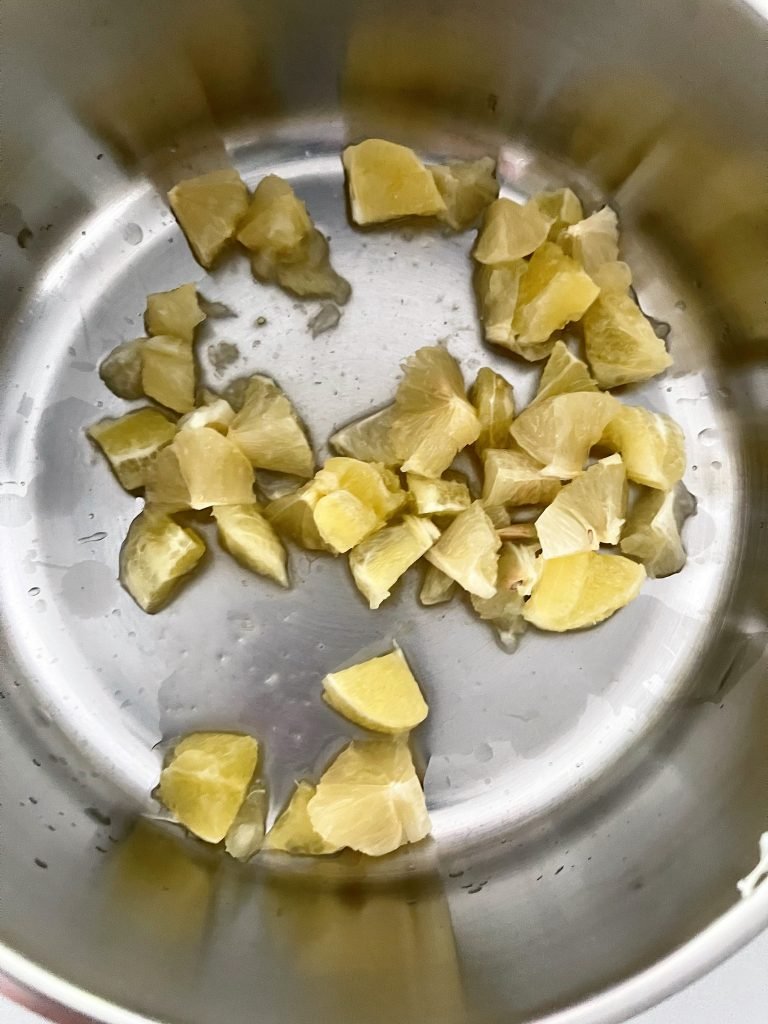


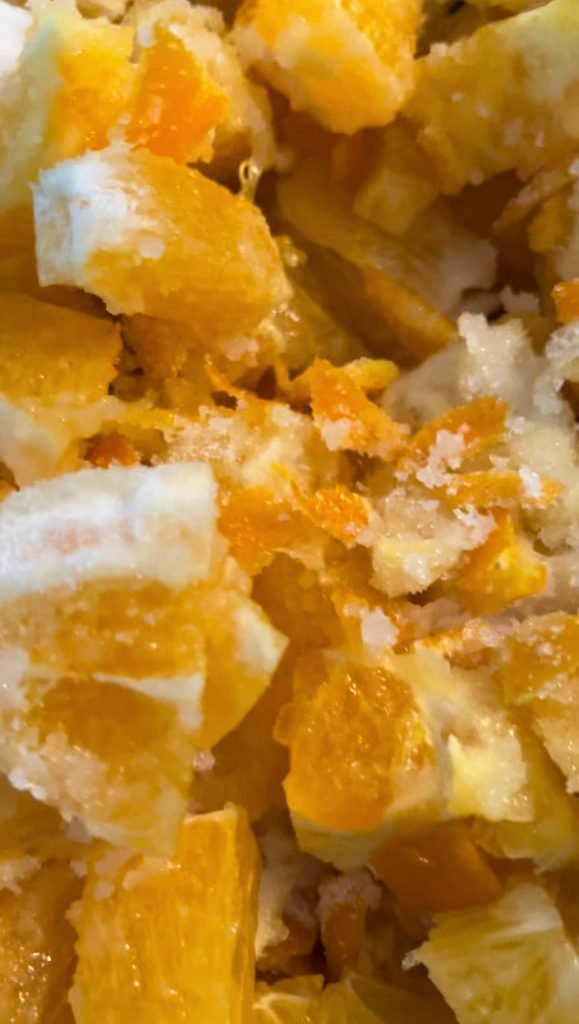


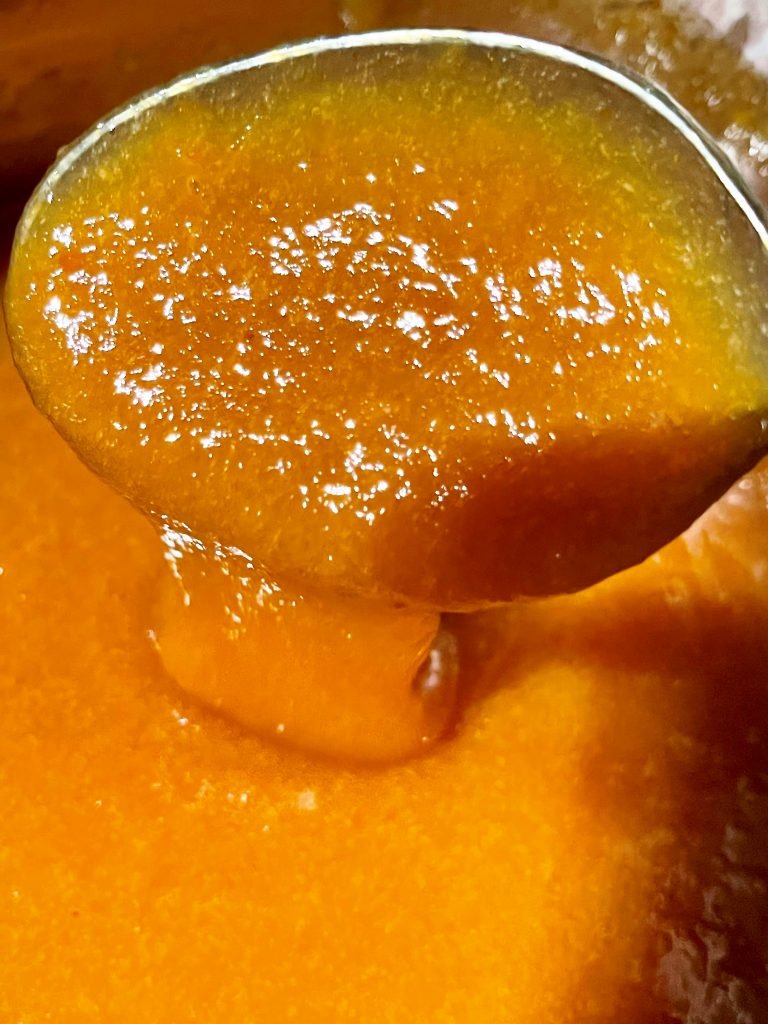

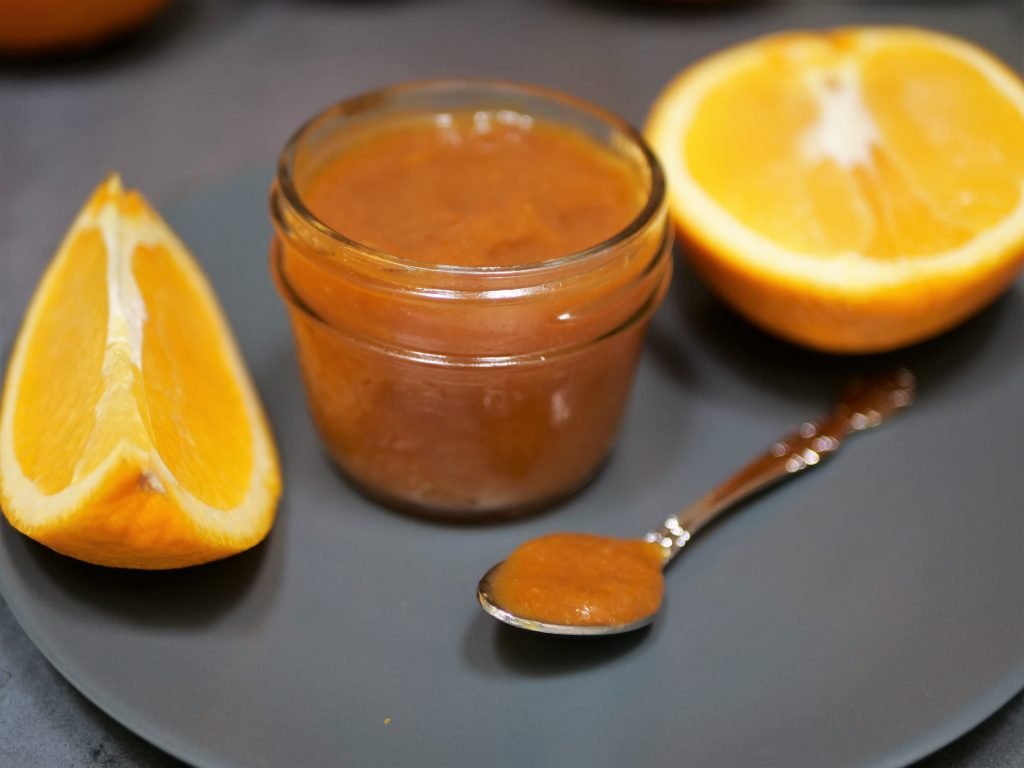
Italian Zesty Orange Marmalade
Ingredients
- 3 lb. oranges 1.360 kg
- 3 large lemons
- 2 cups sugar
- 4 cups water 1 liter
- 1 ½ tbsp. pectin
Instructions
Prepare the fruit:
- Wash the oranges and lemons thoroughly.
- Using a sharp knife or vegetable peeler, remove zest from four oranges. Be careful to avoid getting too much of the white pith, as it can make the marmalade bitter.
- Remove the peel from the oranges and lemon. Chop the oranges and lemons into equally sized pieces.
- If using varieties with seeds, make sure to remove them, as they can make your orange jam taste bitter.
Cooking the orange jam:
- Carefully mix chopped oranges, lemons and the reserved zest with sugar in a large pot. Let it sit for about 1-2 hours. Then, add all the measured out water to the pot with the fruit and sugar.
- Place the pot on the stove over medium heat. Bring the mixture to a gentle boil, stirring occasionally to ensure the sugar is completely dissolved.
- Once the mixture reaches a boil, reduce the heat to low and let it simmer uncovered for about 2 hours. Stir occasionally to prevent sticking and burning.
- After about 2 hours, the chopped fruit and zest should be soft enough for further processing.
- Set up a metal mesh kitchen strainer over a large bowl to catch the pulp and juices. Using a ladle or large metal spoon, remove the cooked zest and fruit into the strainer.
- Press and rub the cooked fruit against the mesh, pushing the pulp and juices through. Discard the solids remaining in the strainer and pour the strained jam back into the pot.
- Add the pectin to the pot and thoroughly mix it with the jam using a whisk.
- Bring the jam in the pot to a gentle boil over medium-low heat and let it boil for 30 minutes to one hour, depending on the desired consistency. Stir regularly to prevent sticking.
- Perform a chilled plate test to ensure you are happy with the jam’s consistency.
- Once satisfied, process the jam using your preferred canning method.
Choose your preferred canning method to preserve your marmalade
For those processing this preserve using water bath or steam canner, the processing time guidelines at various altitudes are as follows:
0 – 1,000 ft: 5 mins
1,001 – 6,000 ft: 10 mins
Altitudes Above 6,000 ft: 15 mins
Frequently asked questions
Is it possible to adjust the batch size of this jam recipe?
Scaling up or down the batch size is a simple process. To scale up, proportionally increase the ingredients. To scale down, proportionally increase the ingredients. Additionally, keep in mind that you’ll also need a larger pot to accommodate the increased quantity of ingredients. Another key point is that the cooking time will be a bit longer due to the larger batch size.
Can I substitute sugar with honey?
Yes, you can substitute sugar with honey. However, remember that honey is naturally sweeter than sugar. Additionally, sugar plays these important roles in jam making:
- Sugar acts as a natural preservative by inhibiting the growth of microorganisms such as bacteria and mold. Its ability to lower the water activity in the jam creates an environment where these microorganisms cannot thrive, thereby extending the shelf life of the jam. While honey has some natural preservative properties, it may not be as effective as sugar in inhibiting the growth of microorganisms.
- Sugar helps to create the desired texture in jam. As the sugar dissolves when the jam cooks, it forms a syrup that thickens and sets as it cools. This gives jam its characteristic gel-like consistency. Honey does not have the same qualities. Therefore, if you substitute sugar with honey, you will have to add (more) pectin to your orange jam to thicken it and make it gel.
Can I freeze orange marmalade?
Freezing orange jam that’s meant for canning might seem strange, as canning itself is a way to keep food fresh. But if you’ve made orange marmalade using a canning recipe and later decide to freeze it instead, it’s totally okay. Just use containers made for freezing with lids that stop freezer burn. This way, you can save your yummy jam without having to go through the whole canning process again.
Can I substitute sugar with pectin?
Pectin and sugar serve different purposes in jam-making, so substituting one for the other directly may not yield the desired results. However, pectin can be used in combination with sugar (or other sweeteners) to help achieve the desired consistency in jam without using as much sugar. Here’s how it works:
- Gelling Agent: Pectin is a naturally occurring substance found in fruits that, when cooked with sugar and acid, forms a gel-like consistency. It’s responsible for thickening the jam and giving it its characteristic texture.
- Sugar: While pectin is essential for setting jam, sugar also plays a crucial role. Sugar helps to interact with the pectin and acid in the fruit to form a gel, as well as acting as a preservative and contributing to the flavor and sweetness of the jam.
In summary, while pectin can help reduce the amount of sugar needed in jam-making, it typically works best when used in conjunction with at least some sugar or sugar substitutes, such as honey.
Why does my orange jam taste bitter?
While it maybe difficult to pinpoint the exact reason for any one case of bitter orange jam, we have identified several reasons that can contribute to an excessive bitterness in your spread:
- Pith: By far, the most likely reason for the bitterness in the orange jam is the white pith that was not properly removed. When preparing the oranges, ensure that you remove as much of the pith as possible, as it contains bitter compounds.
- Seeds: In addition to pith, orange and especially lemon seeds contain bitter compounds. For that reason, take great care to remove them from the oranges and lemons before cooking.
- Variety of Oranges: Some varieties of oranges naturally have more bitter notes than others. Choosing sweeter oranges, such as Valencia or Cara Cara oranges, can help mitigate bitterness.
- Zest: If you include zest in your jam, be cautious not to include too much of the bitter white pith along with it. Use only the outer colored part of the peel, as the white pith will add bitterness. Sometimes it can be difficult to remove zest without pith. We recommend using zester for best results.
How long does orange marmalade last?
The shelf life of orange marmalade depends on various factors, including how it’s stored and whether it’s been opened or not. Here’s a general guideline:
- Unopened Jar: If properly canned and stored in a cool, dark place like a pantry, unopened orange marmalade can last for about 1 to 2 years.
- Opened Jar: Once you opened your orange marmalade refrigerate it promptly. This will help you maintain the quality of the preserve. It can typically last for about 6 months to 1 year in the refrigerator. However, always check for any signs of spoilage, such as mold growth or off odors, before consuming it.
How to use orange marmalade

Orange marmalade is a versatile condiment that can be used in various sweet and savory dishes. Here are some delicious ways to enjoy orange marmalade:
- Glaze for Meat: Use orange marmalade as a glaze for meats such as chicken, pork, or fish. Simply brush it onto the meat during the last few minutes of cooking for a sweet and tangy flavor.
- Marinades and Sauces: Incorporate orange marmalade into marinades and sauces for added depth of flavor. It pairs well with ingredients like soy sauce, garlic, ginger, and mustard. One of the most famous use of orange marmalade is orange sauce served with coconut prawns. Simply delicious!
- Spread on Toast or English Muffins: Enjoy a classic breakfast or snack by spreading orange marmalade on toast, English muffins, or bagels. Pair it with butter or cream cheese for added richness.
- Salad Dressing: Create a tangy and sweet salad dressing by combining orange marmalade with vinegar, olive oil, and your favorite herbs and spices. Drizzle it over mixed greens or fruit salads for a refreshing twist.
- Dessert Toppings: Use orange marmalade as a topping for desserts such as cheesecake, ice cream, or yogurt. It adds a burst of citrus flavor and a touch of sweetness.
- Sandwiches and Wraps: Spread orange marmalade on sandwiches and wraps for a flavorful twist. It pairs well with ingredients like ham, turkey, or brie cheese.




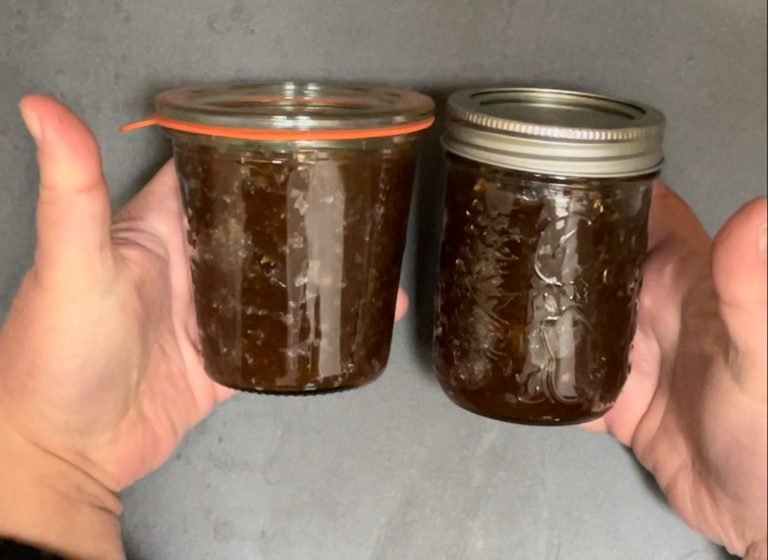
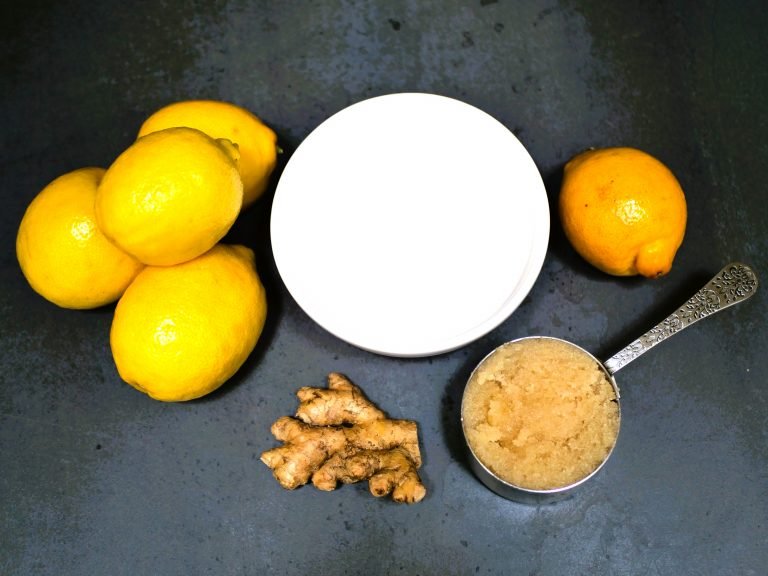
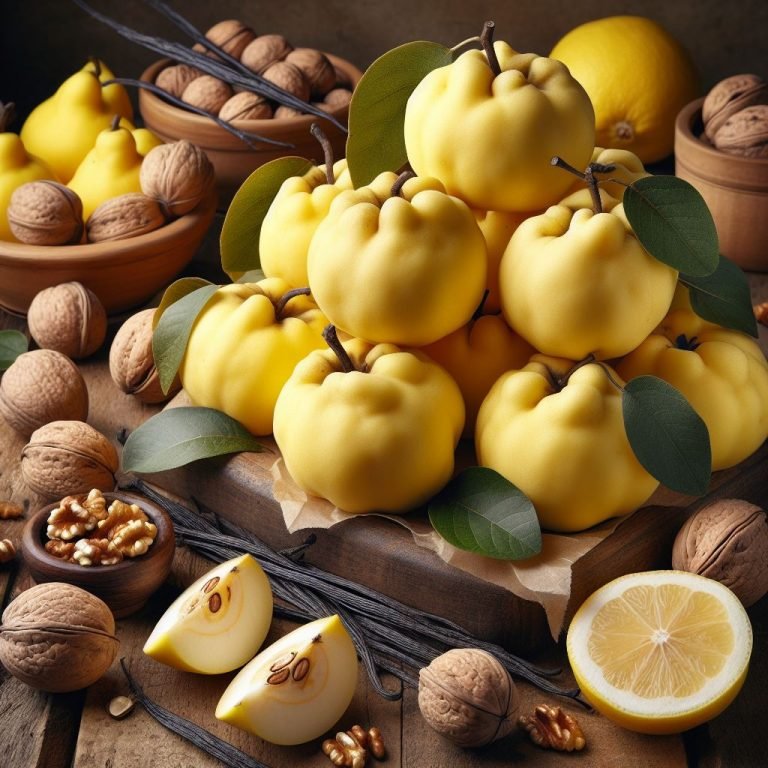
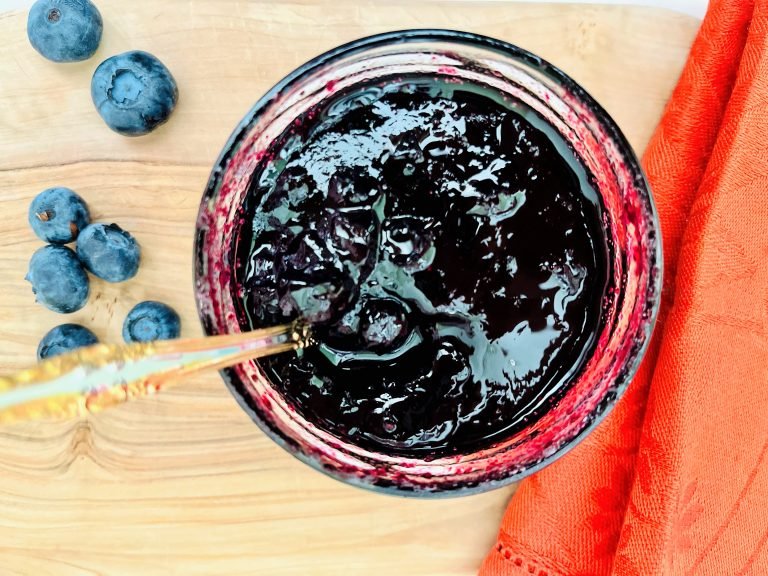
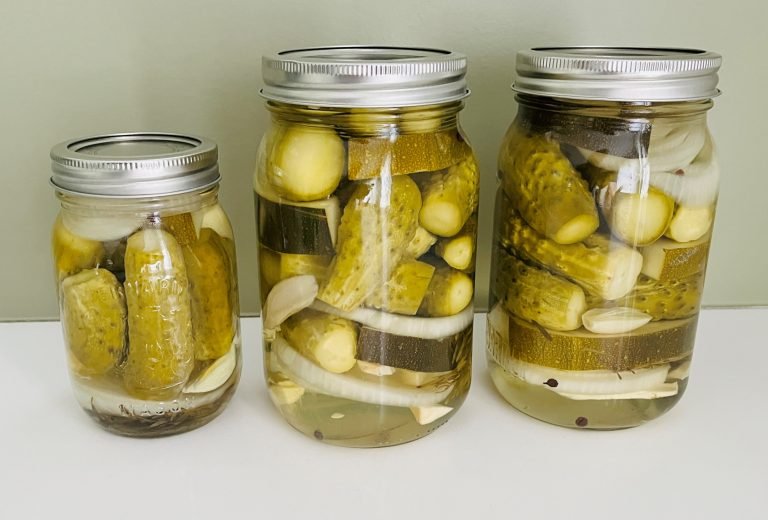
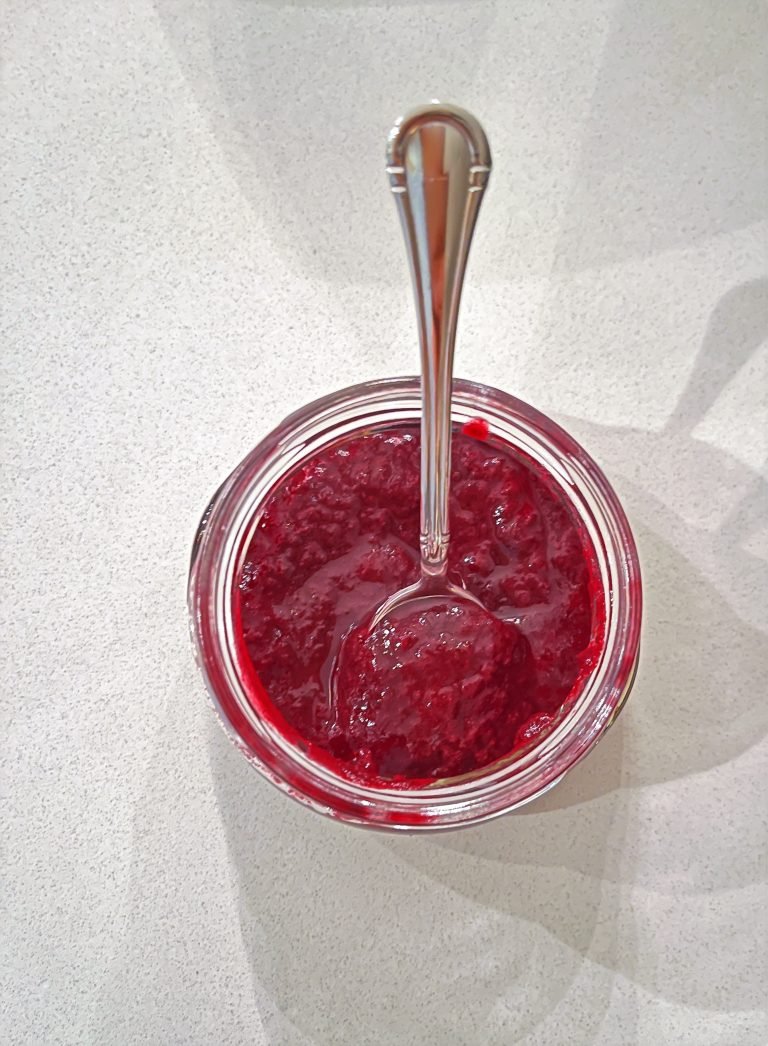
Leave a Reply